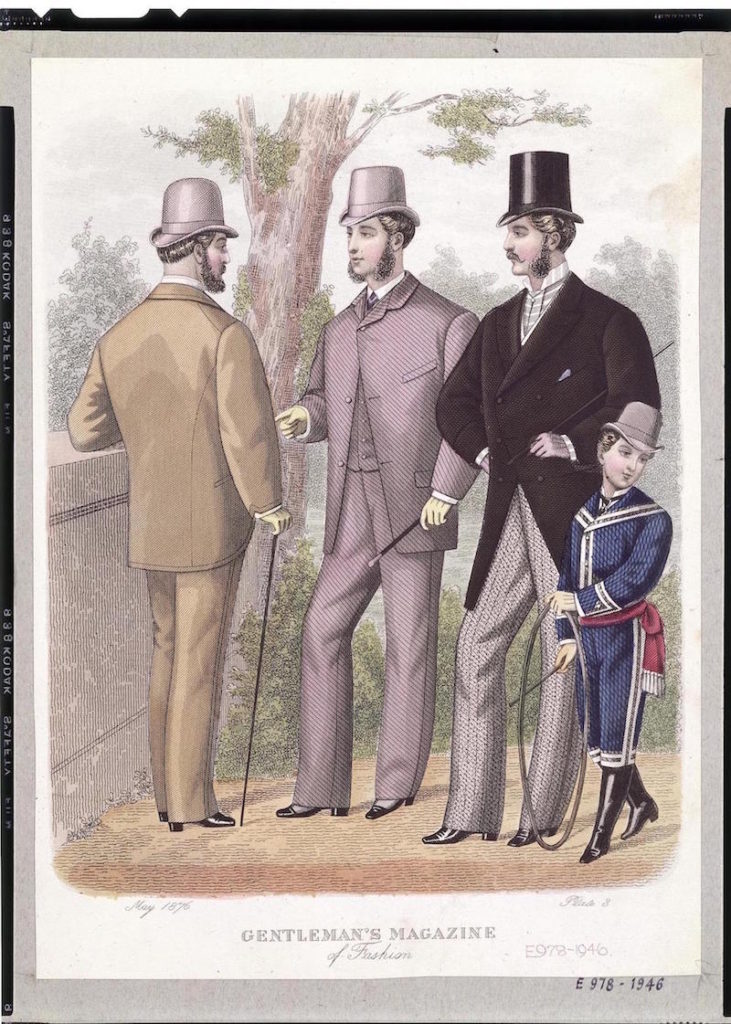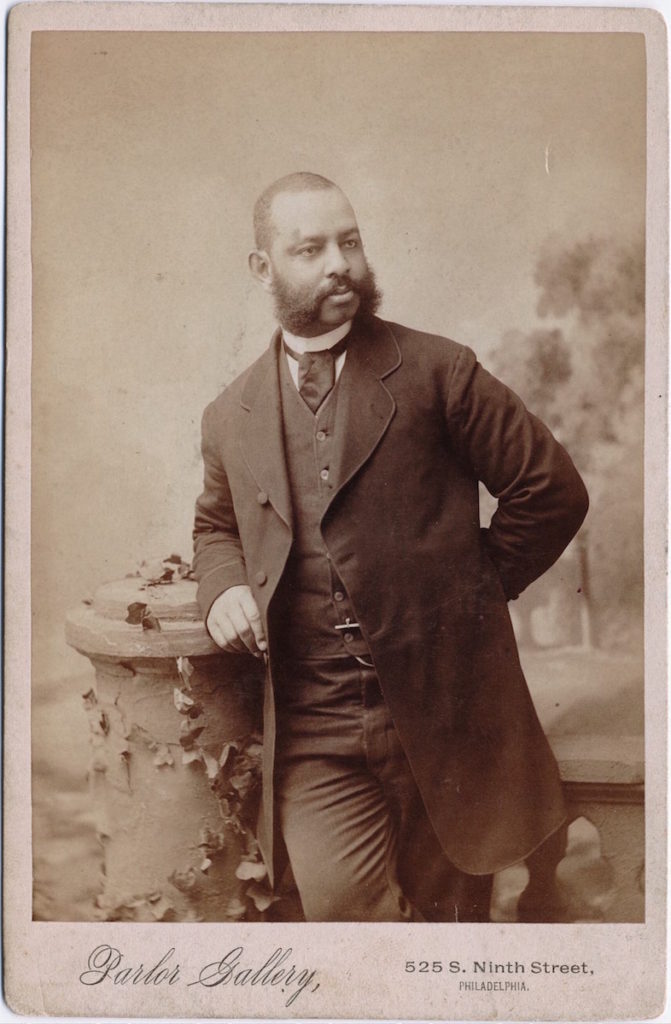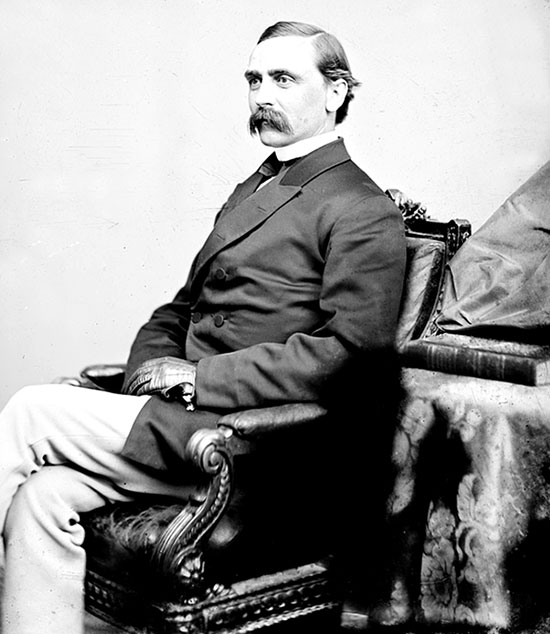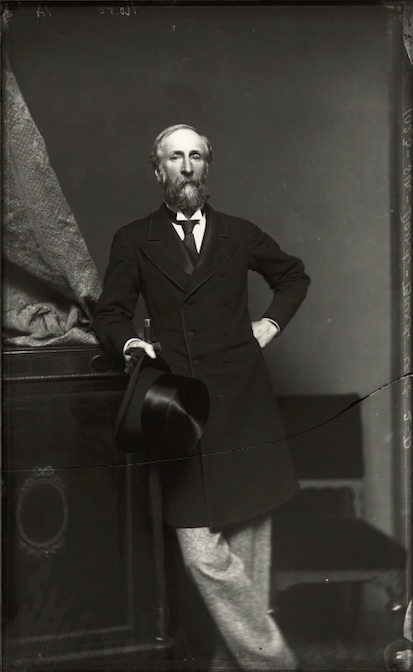Let’s take a look at men’s fashion during Kye’s and Chance’s era. The 1870s in men’s fashion was marked by “sobriety and understated style.” Nobody was making fashion waves during that time. In 1871, a tailoring journal remarked “Gentlemen dress as quietly as it is possible to do and there are no extremes in dress.” Kye, especially, would have dressed to fit in. Chance would have kept up the latest fashion, but probably in the most expensive fabrics and the most daring styles.

The overall men’s silhouette was slimmed down from the boxy, oversized jackets of the 1860s, with a closer fit and a plain shirt instead of the pleated and heavily starched shirt of the previous decade. This would have made the Wang brothers happy, although it probably meant the laundry bill went down. Formal daywear required a frock coat with a waist seam and a full skirt. In the first half of the decade, the trend was for a shorter frock coat with a hemline well above the knee. Men could also opt for the less stuffy morning coat, a cutaway jacket with a waist seam. This coat, either single- or double-breasted, fastened with three or four buttons and might be bound with silk braid “for an elegant finish.” This was a versatile coat and could appear formal if sewn of dark cloth and paired with gray trousers, or more relaxed if made of tweed. Evening occasions called for a formal black tailcoat (with knee-length tails), a matching double-breasted waistcoat, starched white shirt and bowtie, and black trousers, usually with braid down the outer side seams.

Among the working classes (and probably Kye), the sack coat was becoming more popular. The jacket, with no waist seam, was usually paired with matching waistcoat and trousers and worn with a plain white shirt with a turned down collar and a four-in-hand tie. This was undoubtedly the forerunner of the modern three-piece suit. Chance may have worn a sack coat for lounging around the house. Lapels were either square at the top or cut to form an open “V.” The crease of the turnover was longer than it had been in a while. Sleeves were nearly the same width at elbow and wrist and usually made with cuffs. Trousers were of medium fit and worn more closely fitted to the leg. At the bottom they had a slight gaiter formed by short openings at the bottoms of the side seams. The most popular form of outerwear during the 1870s was the Chesterfield coat, cut knee-length and edged with braid and silk velvet facings. The top frock was an outer garment cut along the same lines as the frock jacket beneath. Inverness and Ulster coats featured capes, sometimes detachable. For sporting events, the double-breasted reefer jacket was becoming popular.

The top hat was the most formal of headgear, worn with frock coats, fancier morning suits, and evening attire. A bowler hat was more often seen with morning and sack suits. Accessories and jewelry were “simple and elegant,” such as a four-in-hand necktie, a silk cravat fastened with a stickpin, and a gold watch chain strung across the waistcoat. Men wore their hair shorter than previously and kept it neatly parted. A clean-shaven face was rare, so Chance would have attracted even more attention than usual. Most men wore full “muttonchop” whiskers or a trim moustache like Kye’s. According to fashion historian Jayne Shrimpton, “the average middle-class businessman carefully avoided exaggerated or effeminate fashions. With a gold watch chain displayed prominently across his waistcoat front, and bushy mutton-chop whiskers or a beard lending an air of authority, the sober-suited Victorian male aimed for a respectable, efficient, industrious image.”

Overall, the look of the 1870s would have suited Chance, being designed to show off a manly figure and display the rich material and elegant accessories that marked the cream of the upper crust. Kye would have been happier in a sack suit, assuming Chance let him out of the house in one. Likely for working on his “filthy contraptions” or blacksmithing. Otherwise, he’d have been bullied into the proper attire for whatever occasion they were attending. What do you think of the 1870s styles? Should they come back into fashion or remain solidly in the past?
